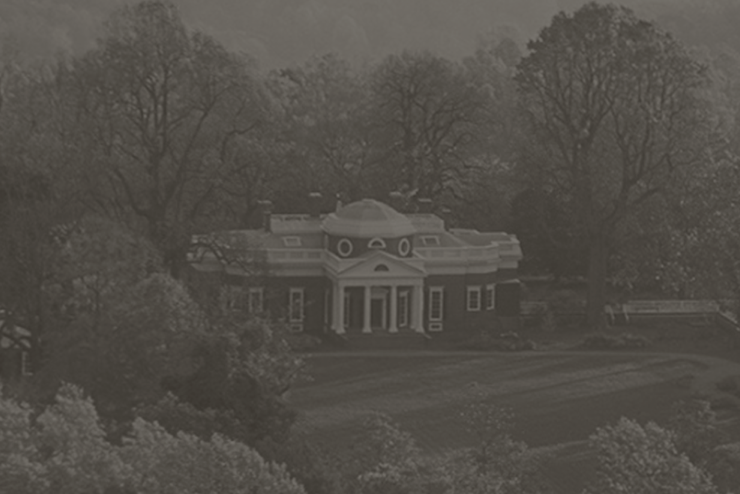6 Results for: ArchaeologyClear

Minerva Granger was one of the enslaved women who was essential to Jefferson’s agricultural endeavors on his plantation. Along with her family and other members of the enslaved community, she planted and harvested tobacco and later wheat, which Jefferson sold on Atlantic markets.

Our immediate goal was to make way for the first-ever electric lighting system for the area. But there was a much bigger historical payoff: evidence from this fieldwork and from a shovel-test-pit survey we conducted in 2018, reveals how Jefferson, relying on the labor of enslaved workers, sculpted the topography of the East Lawn, beginning in the late 1790s, in a radical transformation of the mountaintop landscape.

Archaeology is an historical discipline whose goals are to advance our understanding of what happened in the past and why. But unlike the documents on which historians rely -- think Jefferson's letters -- archaeological deposits do not come with dates. In archaeology, we have to do work for the dates that are essential for turning artifacts into history.

Over the past two weeks, the archaeology field crew, led by Field Research Manager Crystal Ptacek, has made exciting discoveries in the South Pavilion and the adjacent South Wing that connects the Pavilion to the mansion.

This winter, as part of the exciting multi-year effort to restore Monticello to its appearance in Jefferson’s time, we are recreating a log dwelling that likely once housed members of the enslaved Hemings family.

Over the past several weeks, our ongoing archaeological excavations to advance the Kitchen Road Restoration Project have yielded several important discoveries. One of them is a greenstone cobble paving, which we suspect is the base of the Kitchen Path that connected the South Covered Passage to Mulberry Row and the terraced vegetable garden to the south.
ADDRESS:
1050 Monticello Loop
Charlottesville, VA 22902
GENERAL INFORMATION:
(434) 984-9800
